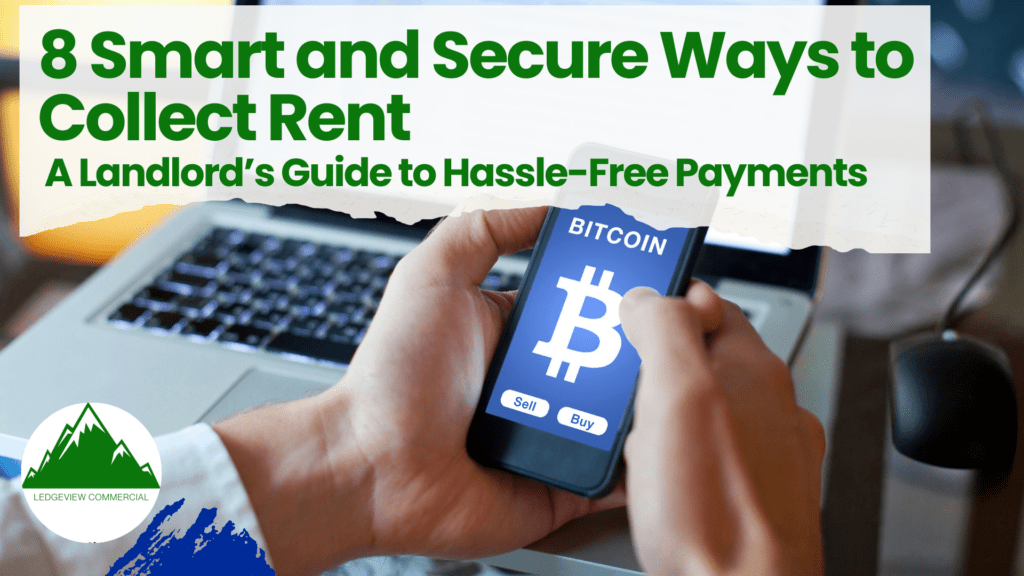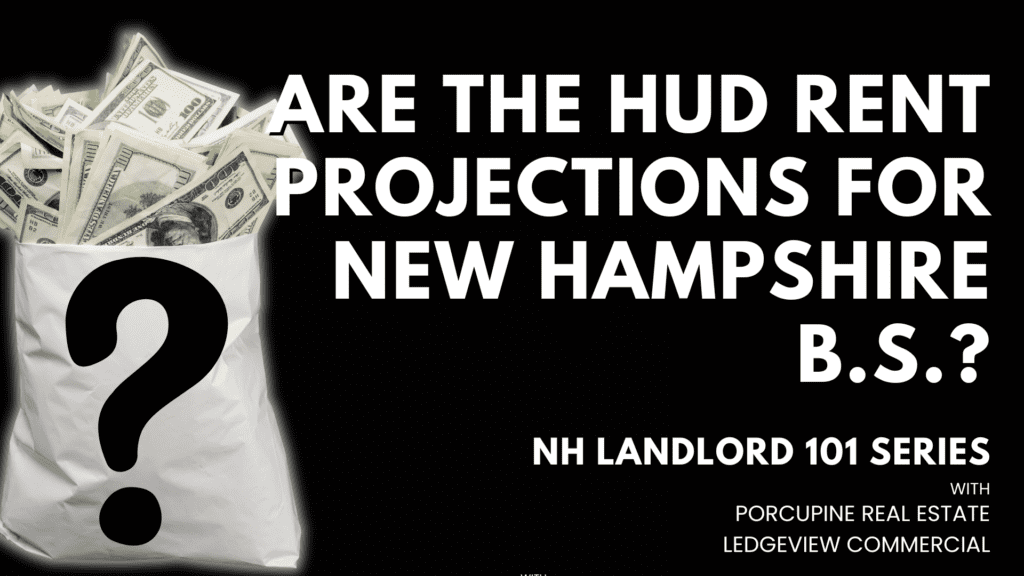Discover the Pros and Cons of Top Rent Collection Methods, from Cash to Cryptocurrency
Collecting rent efficiently is vital for landlords who want to maintain cash flow and reduce administrative hassles. With so many rent collection methods available, choosing the right one depends on factors like convenience, cost, security, and tenant preferences. Let’s break down the best methods to collect rent, from traditional cash payments to modern cryptocurrency transactions.
1. Cash Payments
Cash is the most straightforward form of payment, though it has its challenges when it comes to rent collection. Some landlords prefer cash for smaller rental properties or short-term leases, as it eliminates processing fees and bank transaction delays. However, cash payments can increase the risk of theft and make it challenging to keep accurate records. If you decide to accept cash, ensure that you and your tenant have a reliable system for issuing and saving receipts. A simple way to streamline cash payments is to require tenants to deposit rent directly at your bank.
Pros: Instant payment, no processing fees. Cons: Risk of theft, no automatic paper trail, and can be time-consuming.
2. Bank Transfers
Bank transfers allow tenants to deposit rent directly into a landlord’s bank account, providing a fast, secure, and relatively straightforward method of payment. Many banks offer the ability to set up recurring transfers, so tenants can automate rent payments each month. While bank transfers are convenient, they require tenants to initiate the payment each time, which can sometimes result in late payments if forgotten.
Pros: Quick, reliable, no additional cost for bank-to-bank transfers. Cons: Limited automation, requires tenants to initiate the transfer.
3. Money Orders
Money orders are a safer alternative to cash, as they function like prepaid checks and can be purchased at most retail stores, post offices, and banks. For tenants who may not have a bank account or prefer not to use digital payments, money orders are a viable option. However, money orders must be physically delivered or mailed, which can delay payment if the tenant or landlord isn’t available to receive it. Keep in mind, tenants will incur a fee when purchasing a money order, which may be a drawback for some.
Pros: Secure, easy to obtain, no need for a bank account. Cons: Fees for tenants, requires physical handover, potential delays in delivery.
4. Personal Checks
For years, personal checks were the most common form of rent payment. Checks create a tangible record and can be mailed, dropped off, or picked up in person. However, processing checks can take several days, which may delay payment availability. In addition, there is a risk of checks bouncing due to insufficient funds. For landlords with multiple properties or tenants, managing checks can become overwhelming, and it’s easy to misplace a check or forget to deposit it.
Pros: Familiar, paper trail for records, no processing fees. Cons: Potential for bounced checks, processing delays, lack of automation.
5. ACH Transfers
Automated Clearing House (ACH) transfers are direct electronic payments from one bank account to another, commonly used in property management. ACH transfers are secure, reliable, and can be set up as recurring payments, making them ideal for regular monthly rent. This option is widely supported by banks and has minimal fees, making it an affordable choice for landlords. Unlike regular bank transfers, ACH transfers are processed automatically, which can reduce late payments.
Pros: Automated, secure, low-cost, fewer late payments. Cons: Can take a few days to process, requires tenant’s banking information.
6. Debit Payments
Allowing tenants to pay rent by debit can provide an added level of convenience, especially if they’re accustomed to making card payments. Debit transactions are secure and immediate, ensuring that funds are transferred directly to the landlord. Many property management platforms offer debit payment options, or landlords can use payment services that support debit cards. However, there are typically processing fees associated with debit payments, either for the tenant or the landlord, so weigh the costs before implementing this option.
Pros: Convenient, immediate transfer, secure. Cons: Transaction fees, requires use of a payment platform.
7. Property Management Software
Property management software has transformed rent collection by allowing landlords to centralize payments, communicate with tenants, and track payment history. Software platforms like Buildium, AppFolio, and Rentec Direct make it easy for landlords to accept multiple payment methods—including bank transfers, ACH, debit, and credit cards—while also providing digital receipts and reminders. Additionally, most software systems automatically handle late fees, saving landlords time on administrative work. While property management software is one of the most efficient methods for rent collection, it typically involves monthly subscription costs.
Pros: Centralized system, automated payments, integrates multiple payment options. Cons: Subscription cost, may require a learning curve for both landlords and tenants.
8. Cryptocurrency Payments
Cryptocurrency has recently emerged as a rent payment method, attracting tenants and landlords who value the potential for increased privacy and lower transaction fees. Cryptocurrencies like Bitcoin and Ethereum enable landlords to receive payments quickly from anywhere, without relying on traditional banking systems. However, cryptocurrency’s volatility can be a challenge. Rent values can fluctuate due to the market, so landlords and tenants need to agree on a stable way to value the payment. To avoid price fluctuations, landlords might use stablecoins (cryptocurrencies pegged to fiat currency) or convert the payment to cash immediately.
Pros: Fast, secure, global access, potential for low transaction fees. Cons: Market volatility, potential tax implications, requires tenant understanding of cryptocurrency.
Choosing the Right Rent Collection Method
Each of these rent collection methods offers its own advantages and disadvantages. When deciding on the best way to collect rent, you might want to consider these factors:
- Convenience for Tenants – Choose a method that aligns with your tenant demographic. For younger, tech-savvy tenants, property management software or cryptocurrency might be appealing. Older tenants might prefer checks or money orders.
- Automation – The more you can automate the rent collection process, the less chance there is for human error, which can help ensure consistent cash flow and on-time payments.
- Security – Safety is crucial when dealing with financial transactions. Bank transfers, ACH payments, and cryptocurrency generally offer high security levels, while cash payments come with more risk.
- Cost – Some methods have associated fees, either for you or your tenants. Be upfront about fees if they’ll affect the tenant, and try to choose low-cost options where possible.
- Record-Keeping – Keeping detailed records of all rent payments is vital. Property management software and checks automatically create paper trails, whereas cash and money orders require manual tracking.
By balancing these considerations with your unique needs as a landlord, you can find a rent collection method—or a combination of methods—that works best for you and your tenants.
Choosing the right rent collection method can make all the difference in managing your property efficiently and keeping tenants happy. If you’re ready to simplify rent collection and find the best fit for your property, try implementing one of these methods today! Have questions about what might work best for your unique situation? Reach out to us for tailored advice on streamlining your rent collection process and maximizing convenience for both you and your tenants.



